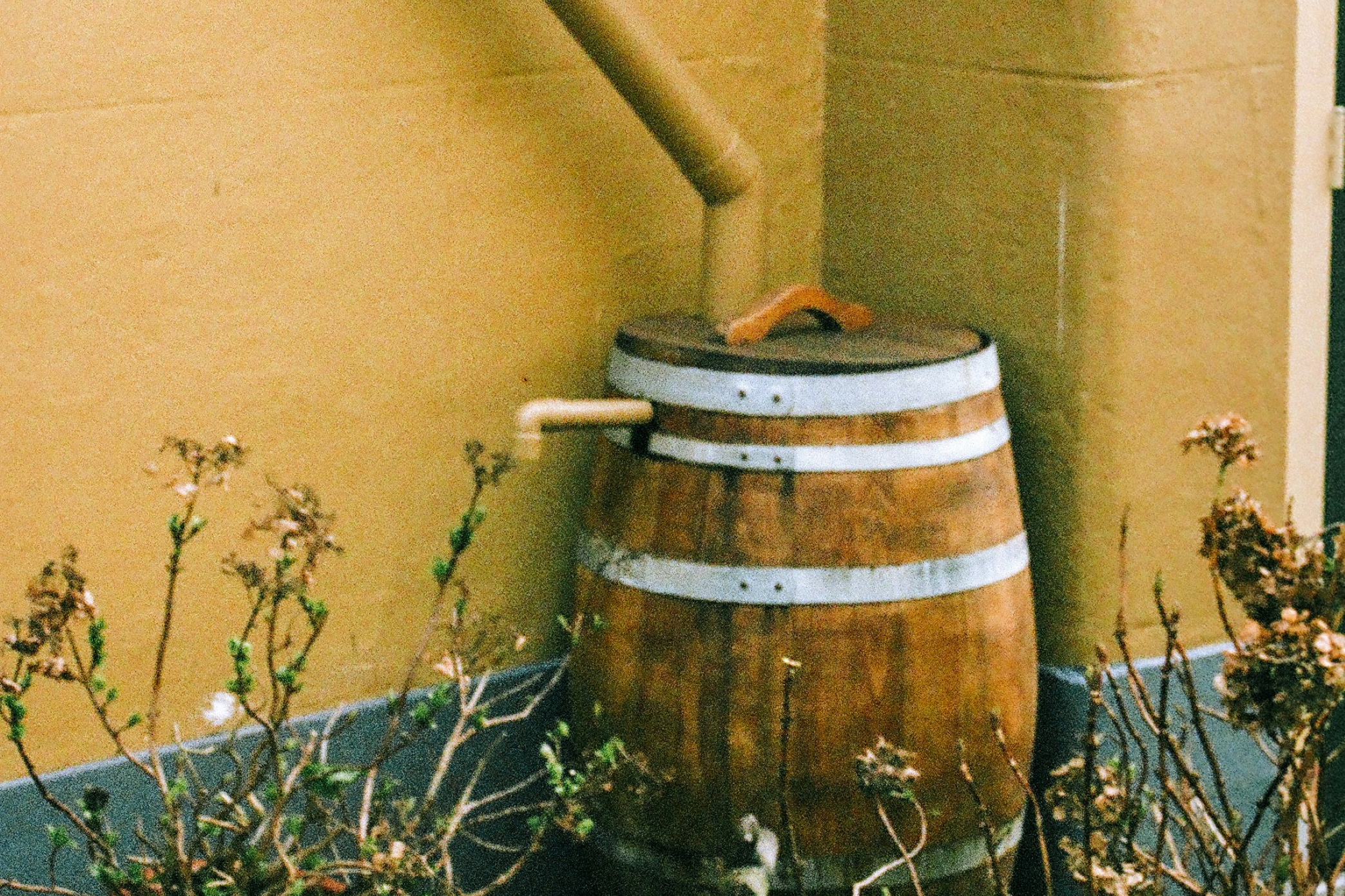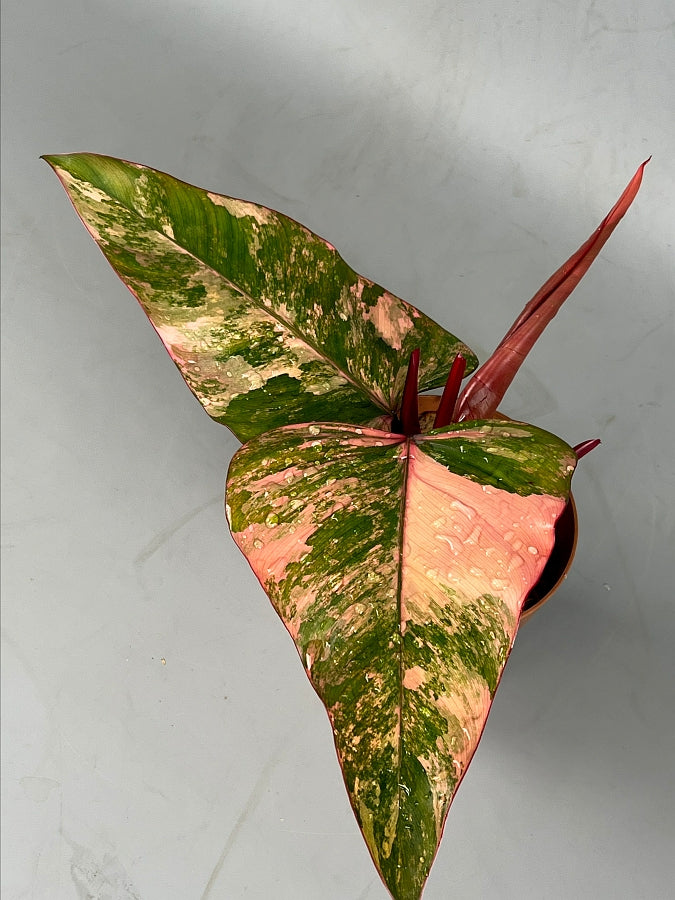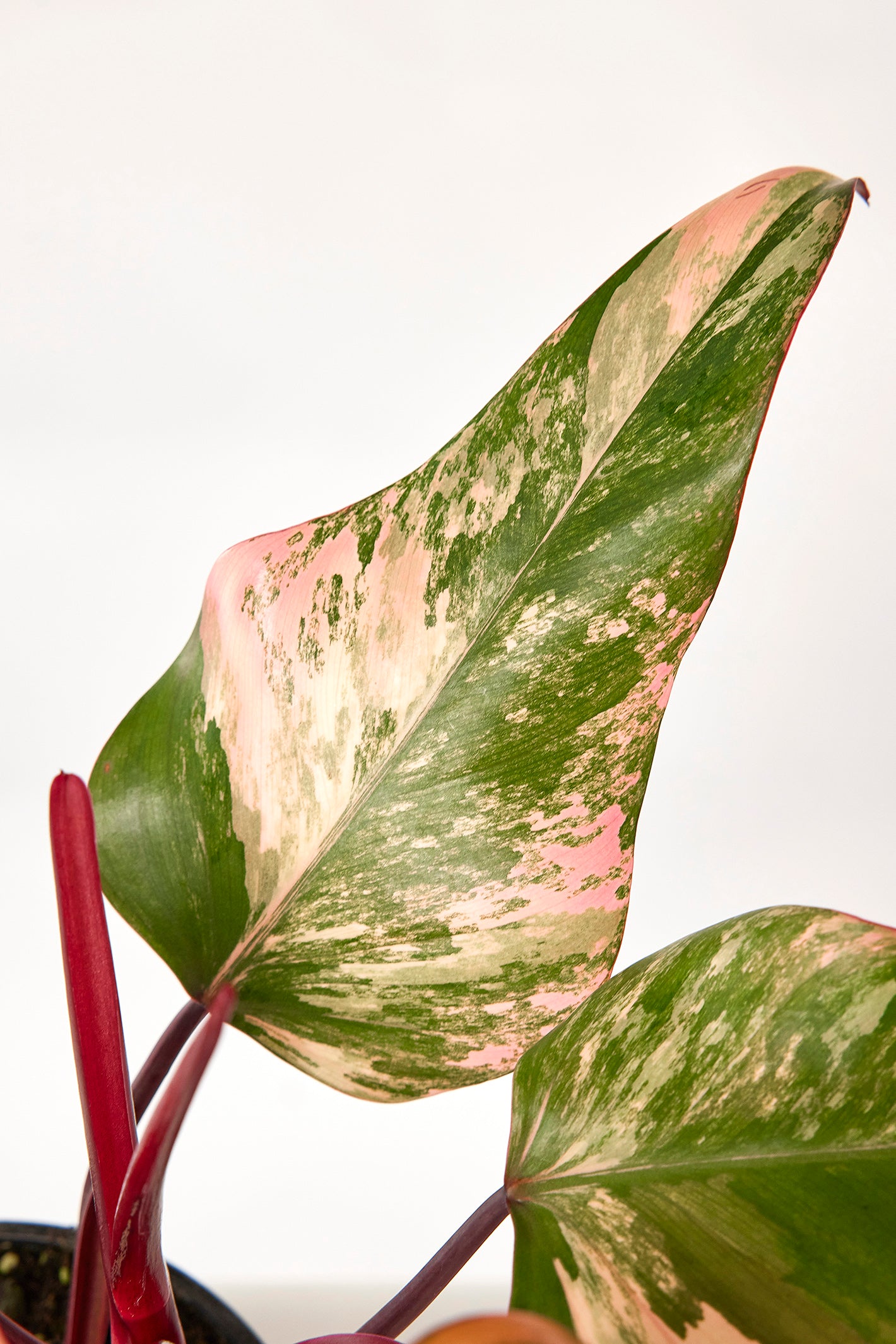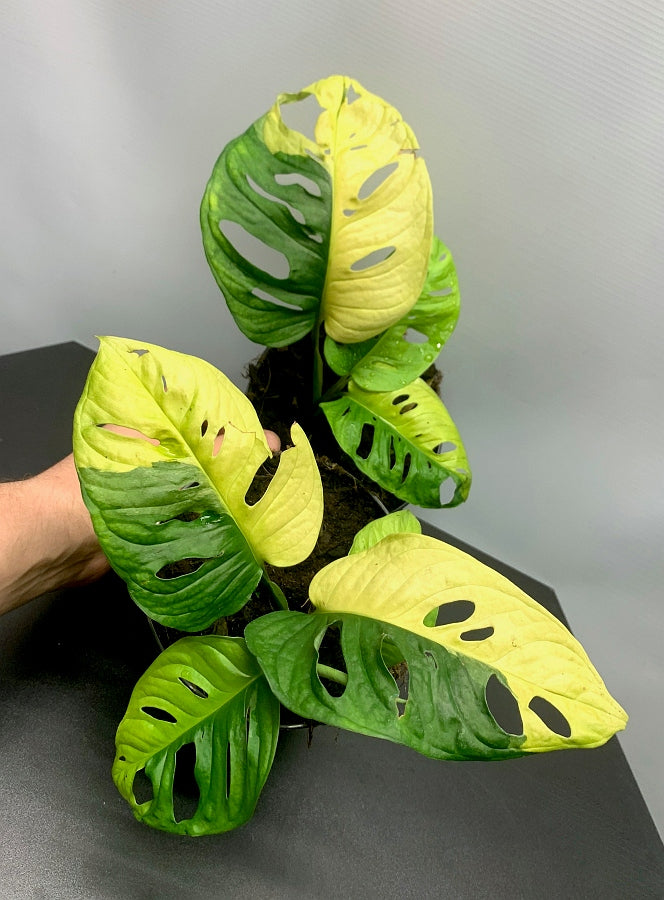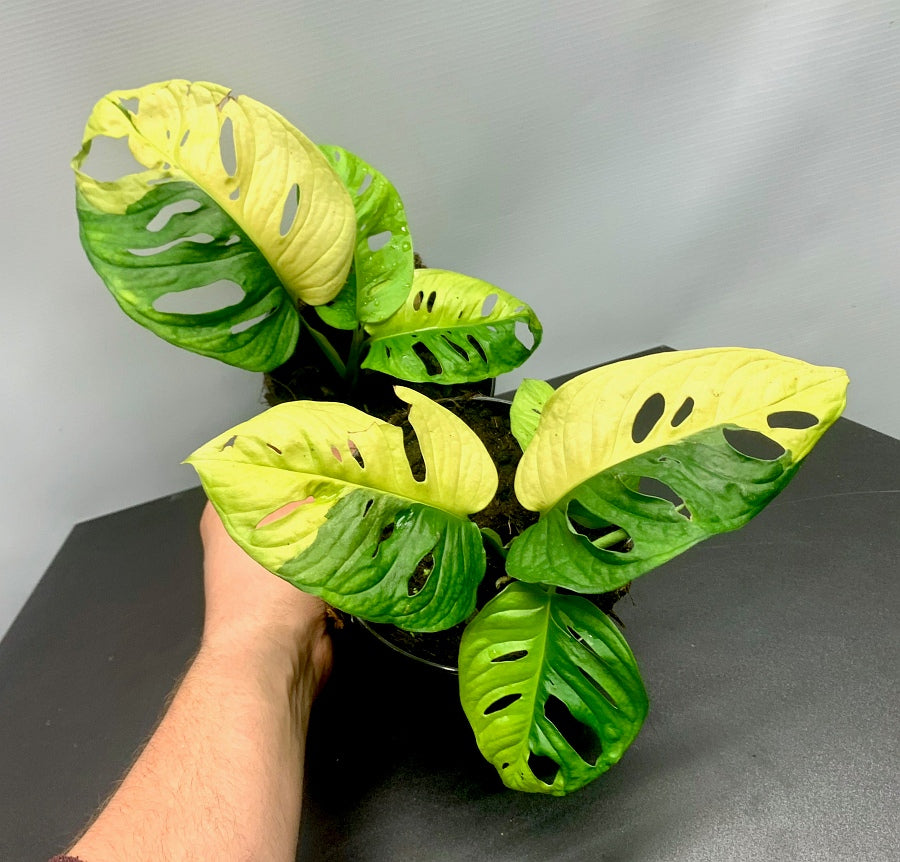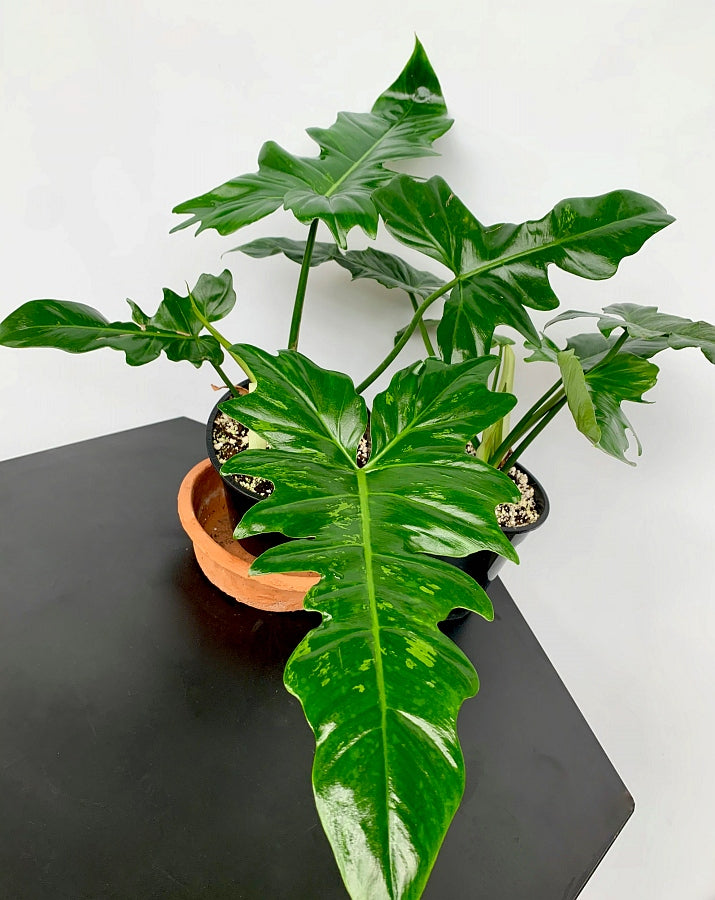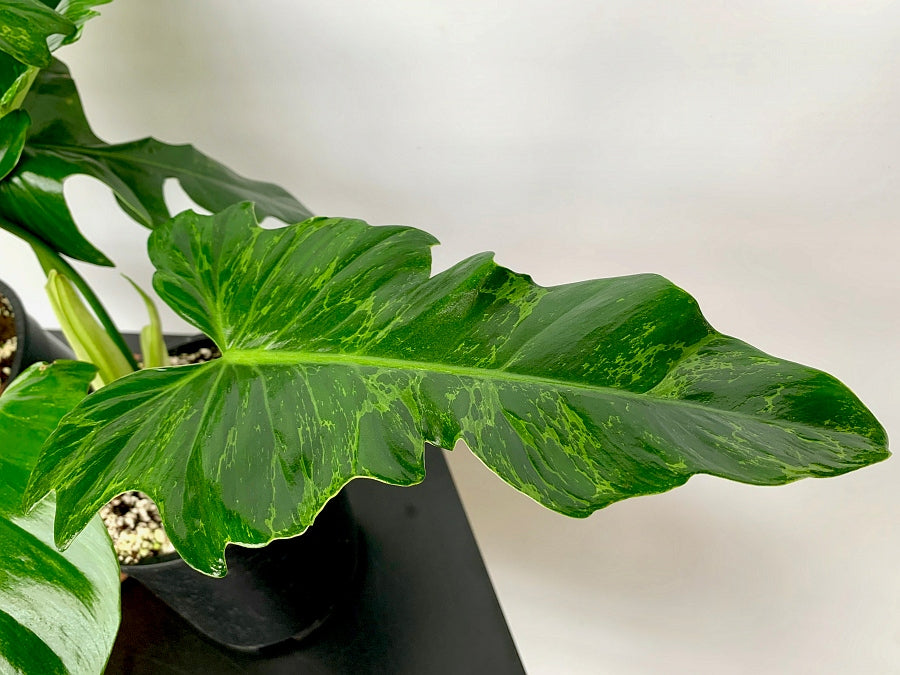Rainwater is one of the cleanest compositions of water for houseplants. It is cleaner than tap water, and because tropical plants are often sensitive to the proportions of minerals in the water, you may want to consider collecting rainwater. Besides being very sustainable and can be cheaper in the long run to "recycle" rainwater, it will also be fun to delve further into the matter and still purchase that one trickier species on your wish list! Read on soon to see what you can do to become a professional orchid hobbyist using rainwater.
Rain barrel
First, it is important to purchase the right collection system. A fine rain barrel or catch basin that is clean and free of contaminants is the basis of whether you can easily collect rainwater. Make sure the materials of the rain barrel cannot give off substances (such as metal, for example) to the water or contaminate the water.
Tip! Make sure to thoroughly clean the inside of the rain barrel and all pipes from time to time to prevent formation of algae and other microorganisms or other contaminants. This will also ensure that your pH level is not affected as quickly.
Filter
By placing a fine mesh at the top, you will have a fairly easy way to catch the coarsest particles (such as leaves and twigs) first. Filtering keeps unwanted particles from entering the water.
Tip! Let the water stand for several hours to a day. This way the heavier particles will sink to the bottom. You can then drain the top, clear water.
Finer filtration
Use a particulate filter to filter the drained water a little further. This will easily remove finer particles and impurities from the water.
Activated carbon filter
Charcoal is known to many orchid enthusiasts as a biological fungus and bacteria inhibitor. But that's not the only application this handy little substance can have. In fact, an activated carbon filter can remove organic contaminants and some chemicals from the water. Both loose carbon filters and carbon filters designed specifically for filtering rainwater are available.
Checking pH levels
Water acidity is extremely important in many orchid species. And it can sound tricky to the layman. Still, it's important to research what your orchid likes the finest water, because with the right acidity level, you'll ensure that the roots won't be damaged, the plant will grow better and absorb nutrients better. With a pH test strip, you can measure the pH level of the water in a fairly simple way. pH regulators can restore the pH level.
Storage
Do not store the water too long and make sure the storage tank or container is sealed and clean. In addition, make sure not to leave and store the water too long, as this can result in stagnation and growth of microorganisms. In addition, use the water only at room temperature with tropical orchids.
Emergency solution
If you want to be sure the water is clean, consider boiling it after filtration. This will boil all microorganisms to death. However, this is not a permanent solution and it is better to clean and maintain your rainwater catchment regularly.
Now you know how to give your plants optimal water quality, even for the most difficult species. One of the basic needs and conditions of the most difficult orchid species is pure water with proper acidity. So actually it's not that difficult at all, just a matter of establishing the right base for your blooming darlings!

